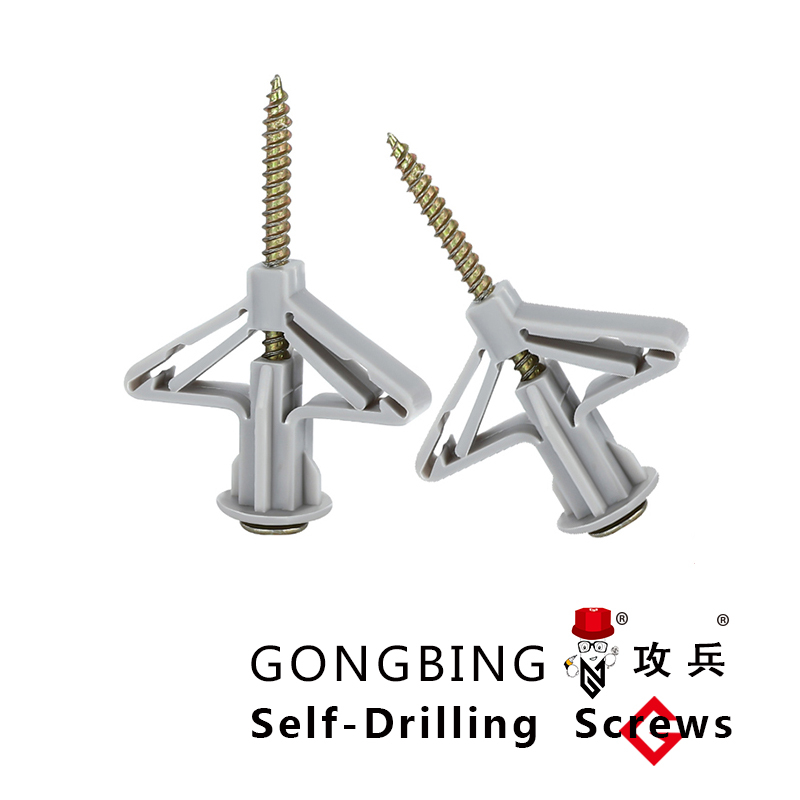Exploring the Benefits of Resin Anchor Bolts for Construction Projects
Understanding Resin Anchor Bolts Applications, Benefits, and Installation Process
Resin anchor bolts are a crucial component in modern construction and heavy machinery installation. These specialized fasteners are designed to provide a secure hold in a variety of substrates, including concrete, brick, and masonry. By utilizing a two-part epoxy resin, these anchor bolts offer superior strength and load-bearing capabilities, making them suitable for applications in both residential and industrial settings.
Applications of Resin Anchor Bolts
The versatility of resin anchor bolts makes them ideal for various applications. They are commonly used in the construction of buildings, bridges, and tunnels where structural integrity is paramount. These anchors are also employed in mounting heavy machinery, securing handrails, and anchoring equipment in both indoor and outdoor environments. Additionally, their resistance to environmental factors such as moisture and temperature fluctuations ensures their effectiveness in areas prone to physical stress.
One of the significant advantages of resin anchor bolts is their ability to support high loads and resist shear forces while maintaining a low profile. This characteristic is particularly important in situations where aesthetic considerations are critical, such as in architectural applications that require unobtrusive fixings.
Benefits of Using Resin Anchor Bolts
There are numerous benefits to using resin anchor bolts over traditional mechanical anchors. First and foremost, their resistance to corrosion makes them an excellent choice for outdoor applications and in environments with high humidity or exposure to chemicals. This durability extends the lifespan of the installation and reduces maintenance costs over time.
Another advantage is their flexibility in installation. Resin anchor bolts can be installed in both solid and hollow substrates, and they are especially useful in retrofit applications where existing concrete or masonry surfaces require reinforcement. The curing process of the resin allows for strong bonding even in challenging conditions, and the quick-setting formulations available in the market can significantly reduce project timelines.
resin anchor bolts

In terms of load capacity, resin anchor bolts can achieve superior performance compared to other anchoring methods. They often surpass the standards set by building codes, providing peace of mind to engineers and contractors regarding structural safety.
Installation Process
The installation of resin anchor bolts involves several steps, ensuring a strong and reliable hold. First, the substrate is drilled to the appropriate diameter and depth, taking care to remove dust and debris from the hole. This is critical, as contaminants can weaken the bond between the epoxy resin and the substrate.
Next, the resin and hardener components are mixed according to the manufacturer's specifications. It is essential to maintain the correct mix ratio to achieve optimal bond strength. Once mixed, the resin is injected into the drilled hole before inserting the anchor bolt. The bolt must be turned to ensure it is fully coated in resin as it is placed into the substrate.
After the bolt is set in position, the resin requires time to cure fully. While some formulations cure quickly, others may take a longer period to achieve maximum strength. Therefore, adhering to the manufacturer's guidelines for curing times is crucial before applying any load to the anchor.
Conclusion
In summary, resin anchor bolts are an innovative solution for secure fastening in various construction applications. Their benefits, including resistance to corrosion, flexibility in installation, and high load capacity, make them a favored choice among engineers and contractors. By understanding the correct installation process and embracing the advantages these fasteners offer, construction professionals can ensure the structural integrity and safety of their projects for years to come.
-
Weatherproof Plastic Expansion Anchors for OutdoorNewsJun.06,2025
-
Sustainability in the Supply Chain: Eco-Friendly TEK Screws ProductionNewsJun.06,2025
-
Load-Bearing Capacity of External Insulation FixingsNewsJun.06,2025
-
Double Head Bolts: Enhancing Efficiency in Industrial MachineryNewsJun.06,2025
-
Corrosion Resistance in Chipboard Screws: Coatings for Wholesale DurabilityNewsJun.06,2025
-
Butterfly Toggle Bolts : Enhancing Structural ResilienceNewsJun.06,2025
